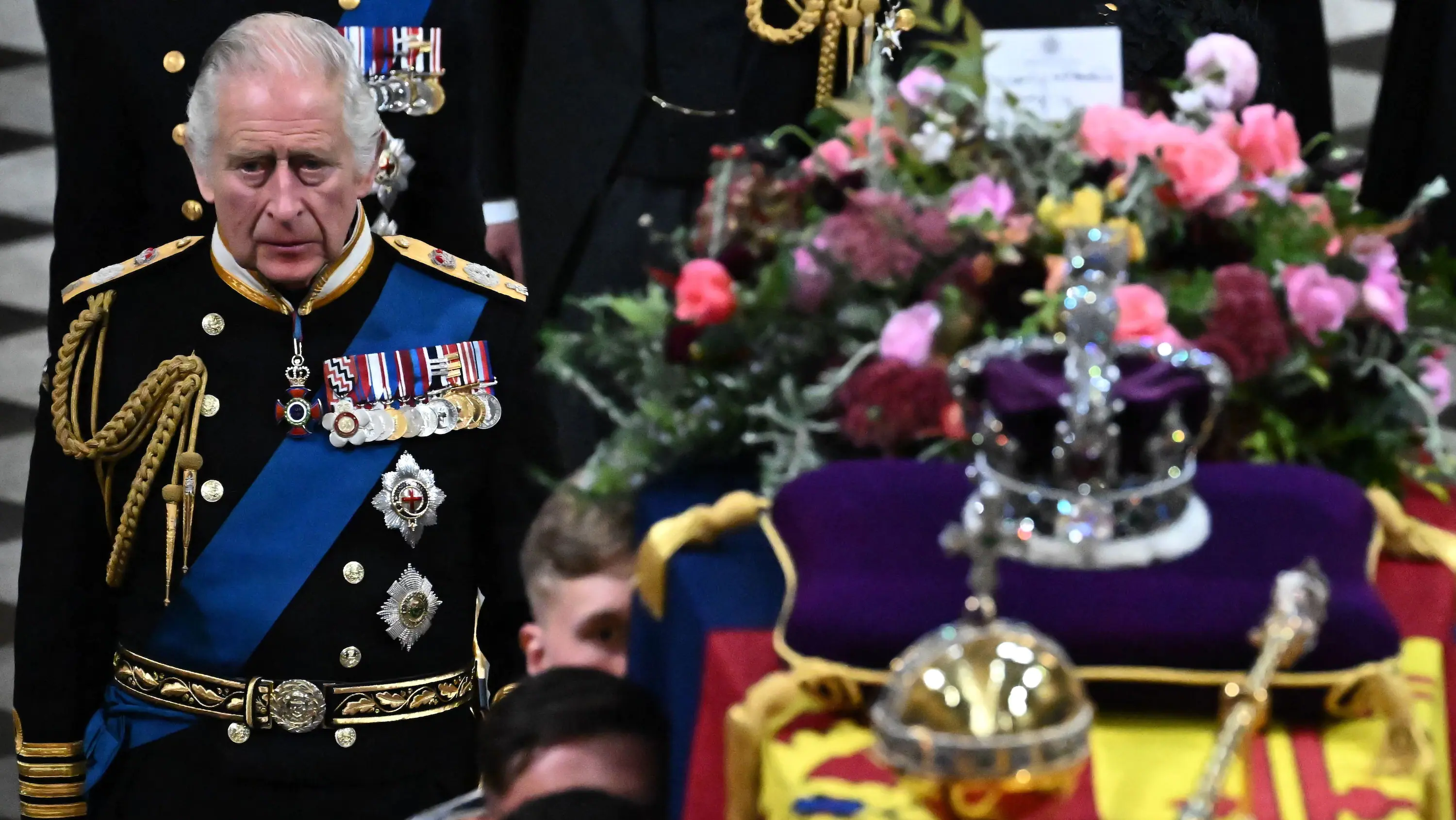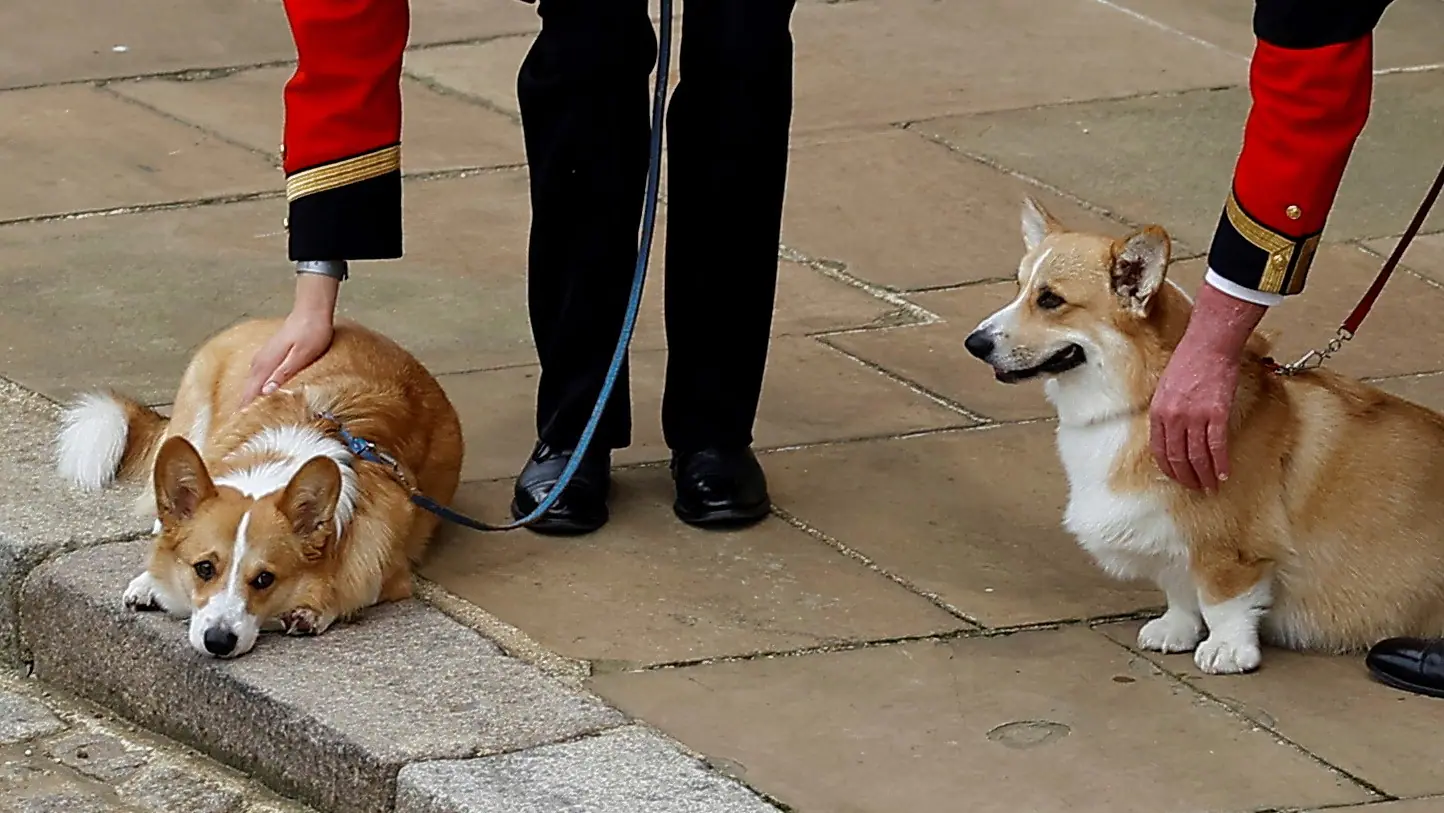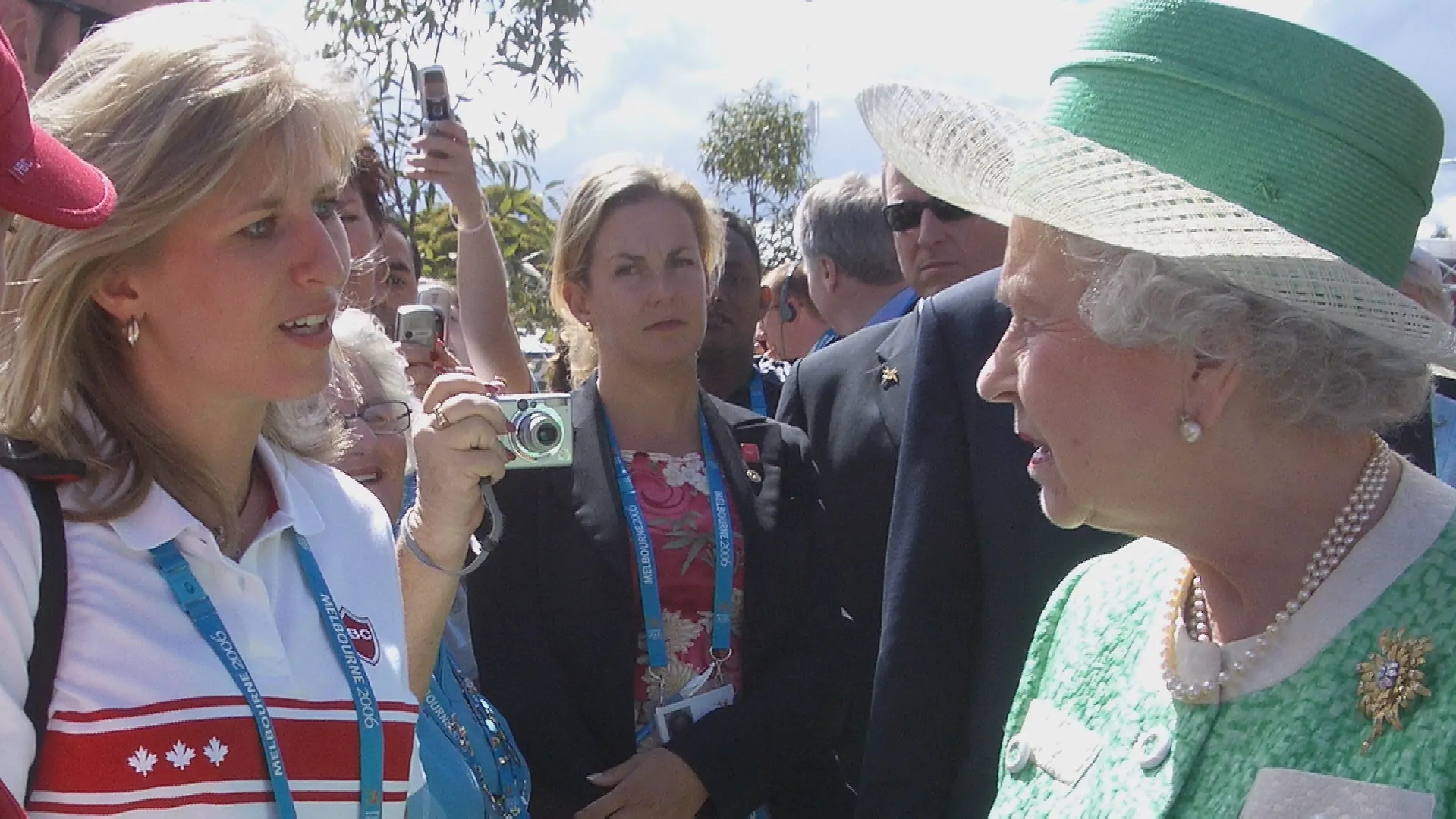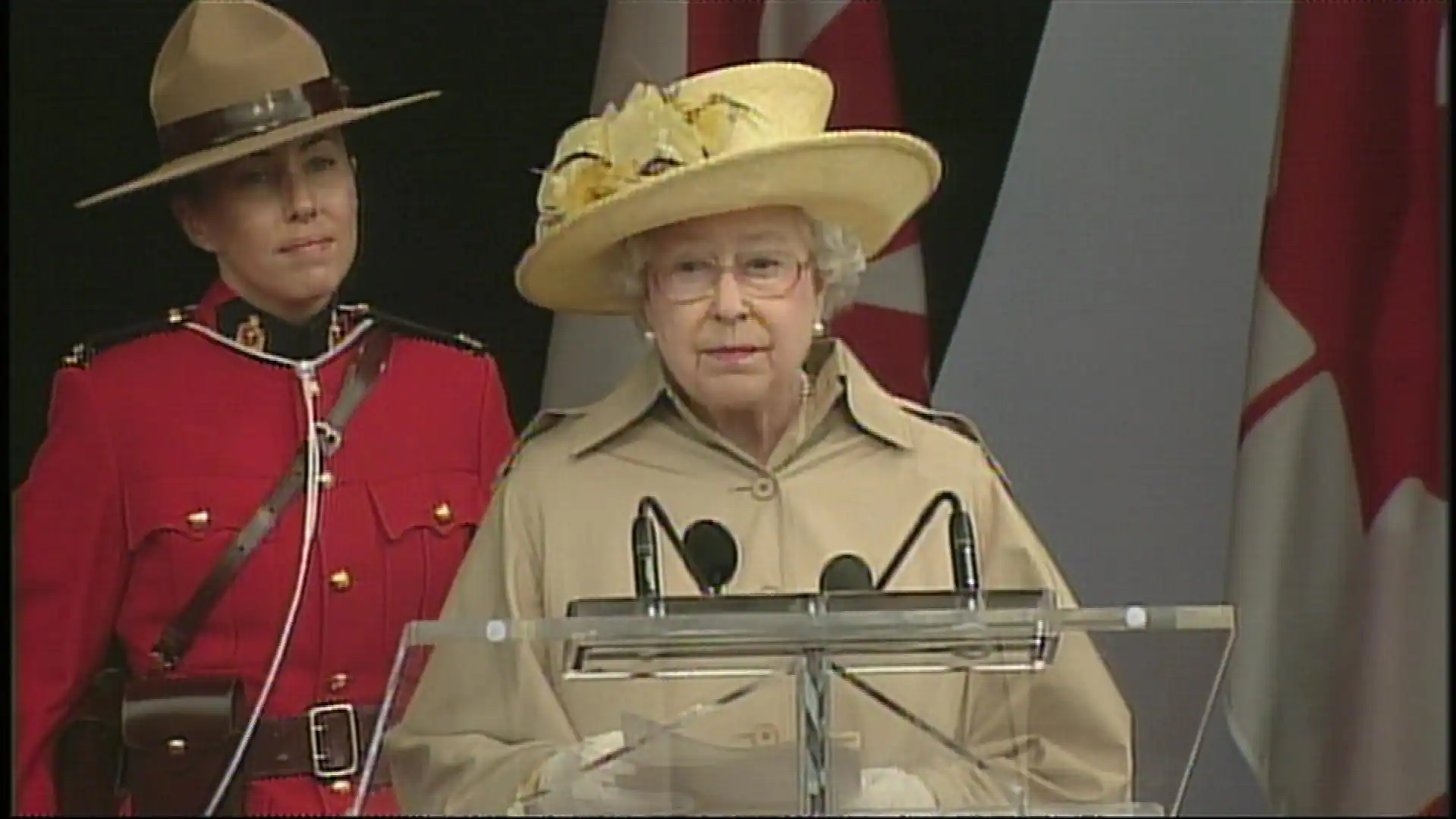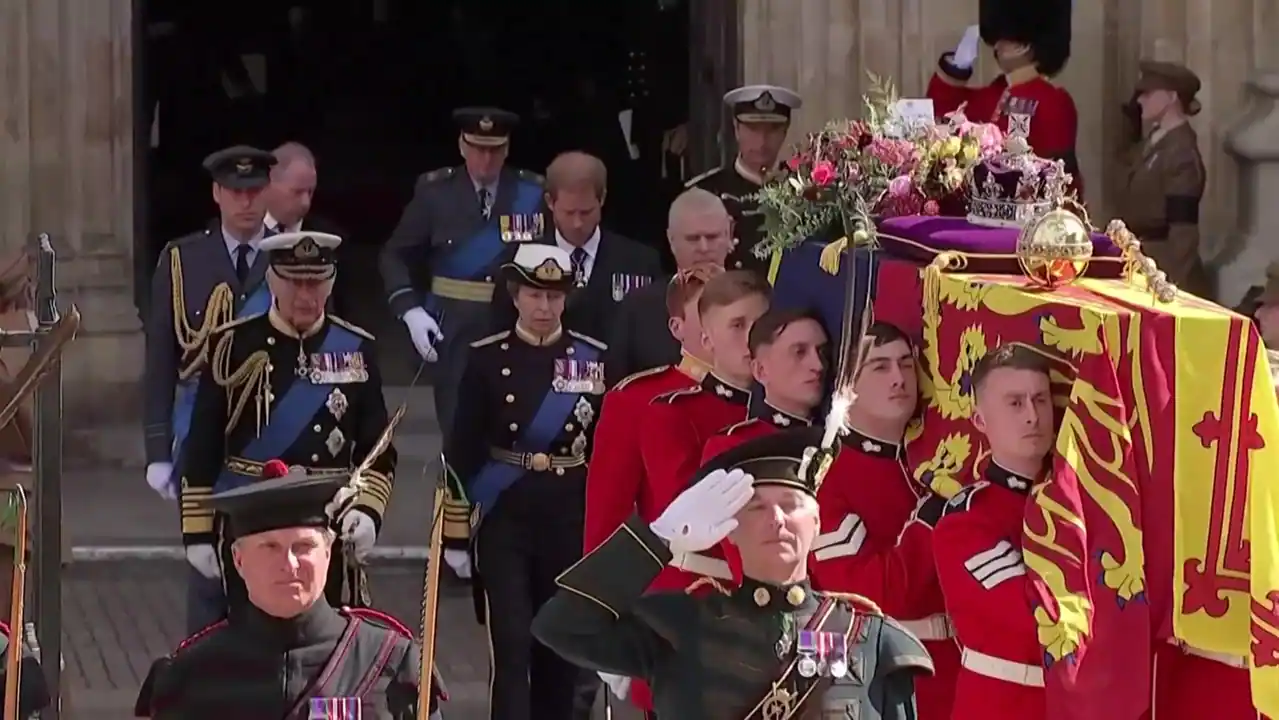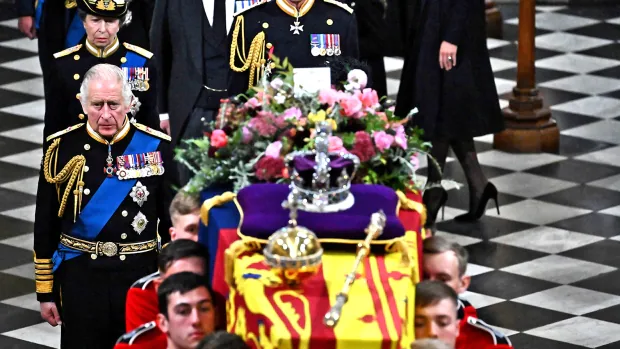
Hello, royal watchers. This is a special edition of the newsletter following Queen Elizabeth’s funeral on Monday. Reading this online? Sign up here to get this delivered to your inbox.
Amid their shared grief on Monday as the Royal Family led the funeral for Queen Elizabeth, there was also a sense of continuity and transition for the institution she was so devoted to serving in her 70-year reign.
Deeply personal and symbolic moments came up against the pomp and carefully choreographed military ceremony of a state funeral the likes of which few have seen.
“What stood out to me was the amount of emotion on the faces of the members of the Royal Family,” Toronto-based royal author and historian Carolyn Harris said in an interview.
“It was clear that for the new King Charles III, this was both a profound personal loss, but also a moment of transition for him.
“He has been leading the mourning of Queen Elizabeth II, and now there is going to be increased scrutiny on the new King and his role as sovereign.”
At the heart of the funeral — one based on the traditional Anglican funeral service — was the desire to honour and remember the longest-serving British monarch, who died at 96 on Sept. 8 at her Balmoral estate in Scotland.
Key moments from the funeral procession, service and committal for Queen Elizabeth, who died on Sept. 8.
“Fundamentally, today was about her and what she did,” Craig Prescott, a constitutional law expert at Bangor University in Wales, said in an interview.
But as much as that was on display — whether through reference to her deep devotion to duty and Christian faith, or more personal references that came through moments like the skirl of a lone bagpiper playing a lament from a balcony of Westminster Abbey — there were unmistakable signals that one reign had ended and another has begun.
“I think the most affecting part for me actually was at the committal service when the crown, the orb and sceptre were removed from the coffin,” Prescott said.
“I think that punctured, drew a clear line that I suppose in one sense … at that point the Queen was no longer Queen.”
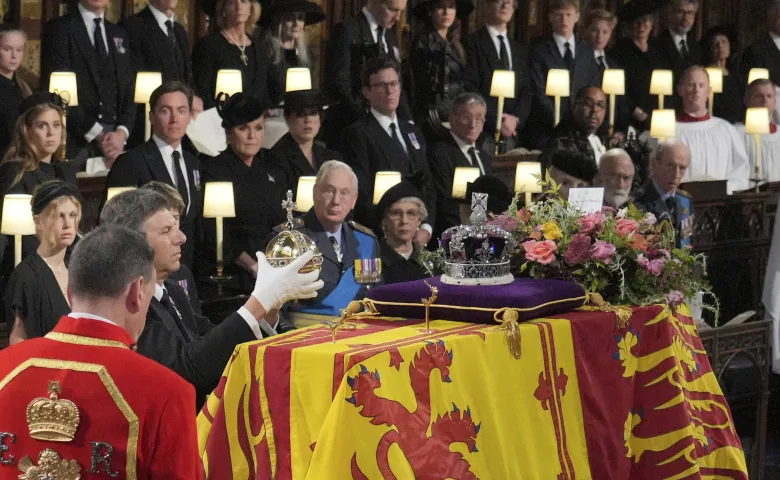
State funerals are rare — the last one in the U.K. was for Winston Churchill, the prime minister, in 1965.
Only those a bit older than 70 might remember the last state funeral for a monarch — for the Queen’s father, King George VI, in 1952. And for that one, the TV cameras stopped at the door (in that case, at the smaller St. George’s Chapel at Windsor Castle, where Monday’s committal service was held).
Not today, however, as cameras broadcast the funeral, military procession and committal service around the world, showing a royal funeral much changed from how previous monarchs were once remembered at the end of their reigns.
Queen Elizabeth’s two corgis, Sandy and Muick, and her black pony, Emma, were at Windsor Castle during the late monarch’s funeral procession.
Judith Rowbotham, a social and cultural scholar and visiting research professor at the University of Plymouth in southwestern England, couldn’t help but think back to the funeral of William IV in 1837, when a couple of observers “said that one thing that was obvious was that the British didn’t do pageantry, it was chaos and only Europeans did pageantry.”
“Well, Victoria changed that,” Rowbotham said, thinking back to the 1901 funeral of Queen Victoria, a soldier’s daughter who wanted a soldier’s funeral.
Queen Elizabeth “has done the same, and it’s an interesting balance,” Rowbotham said. “It’s redolent of heritage, of tradition, all those symbols, but it’s also been so modern. It’s been televised throughout. It’s been reported on social media.”
So, Rowbotham suggested, “you can on the one hand emphasize just how traditional it’s been with the various dimensions … done with pomp, ceremony … everything like that, but also how it’s been modernized.”
Much of the pomp and ceremony came through a military procession that had little precedent, full as it was of representatives from Commonwealth countries and with four Mounties in the lead.
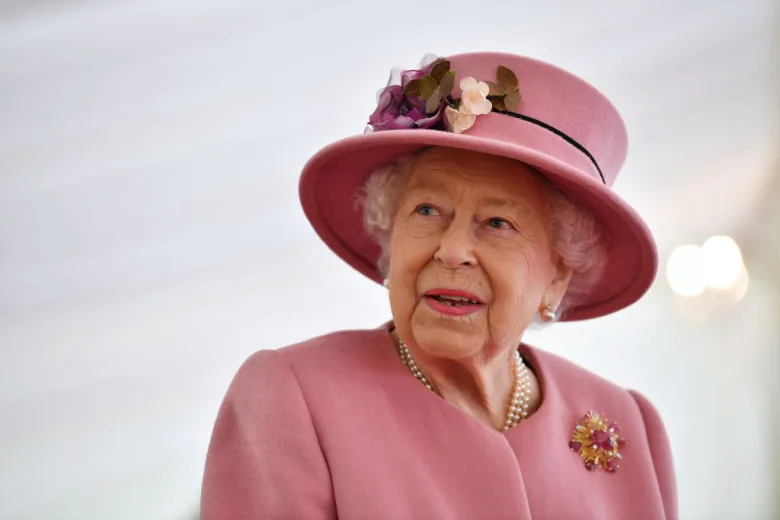
“There has never been a funeral procession like it,” Rowbotham said.
“Because [the Queen] was so determined — the Commonwealth was so important to her…. They were there because she wanted them to be part of things — so you saw the Mounties, and what more impressive head of procession could you get?”
As much as there was grief on display on Monday, Rowbotham also found feelings of hope and positivity, particularly in the music.
“In the abbey … the choices were uplifting rather than sombre, so you had the hymns which the congregation could join.”
They were also deeply personal for the Queen.
“There were hymns that were also there at the Queen’s coronation,” said Harris, who also noted that flowers on the coffin were the same as flowers that were at her wedding to Prince Philip in the same historic place in 1947.
“So we see some very significant parallels to these other very key milestones in the Queen’s life that unfolded at Westminster Abbey.”
As much as Monday was a time to remember, mourn and honour the Queen, it was also a time to look toward the future.
People from across Canada reflect on their interactions with Queen Elizabeth and how they were impacted.
“The passing of the Queen has brought the Royal Family together, different generations, the various branches of the family,” Harris said. “So the role of the monarchy as a force for unity was very much being emphasized, by the Royal Family coming together, the crowned heads of Europe and the wider public as well.”
For some in the public, that meant queuing in the hundreds of thousands for the lying in state that preceded the funeral — along with the crowds who gathered in London and Windsor on Monday, lining roads to catch a passing glimpse of the processions.
Over her 70 years on the throne, Queen Elizabeth made 22 official visits to Canada. Here are a few comments she made over the years while visiting.
“What we saw today, the size of the crowds, the fact that the whole world attended, I think was a testament to what the Queen has done [since the late 1990s], slowly, surely, steadfastly just bringing the monarchy up to date in its present form,” Prescott said.
Harris said the sheer number of people who stood in the queue will also be remembered.
“There were so many people that did not simply want to bid farewell to the Queen but also to be part of a historic moment, [because] it is unlikely that we will see another 70-year reign.”
Honouring their Gan-Gan
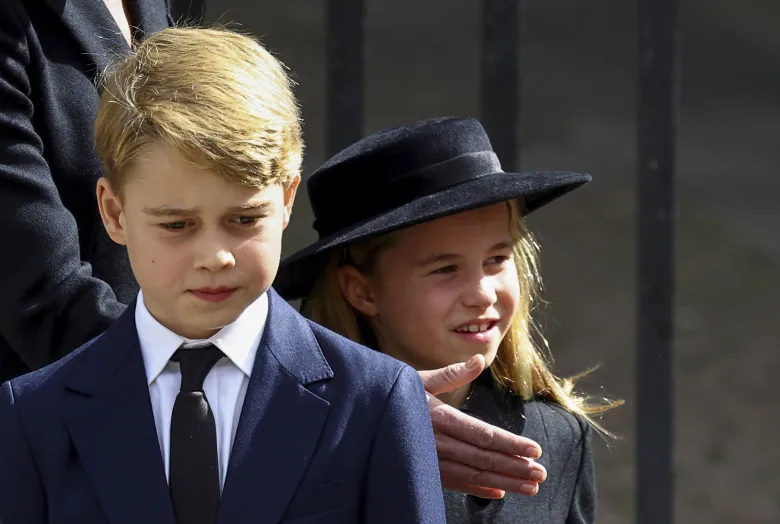
For much of their young lives, glimpses of Prince George and Princess Charlotte have been limited to carefully chosen family photos released to mark their birthdays.
Yet on Monday, the two elder children of Prince William and Kate, Princess of Wales, had front-row seats to the history unfolding.
The appearance of George, 9, and Charlotte, 7, was a surprise to Rowbotham.
“I’m sure that it took a lot of thought, but both of them were old enough,” she said. “They loved their great-grandmother, their Gan-Gan, as George called her, and for them to have lost her at that age, they’re actually old enough to remember.”
Prescott saw the appearance of George and Charlotte as “saying this is the future of the monarchy and saying [it on] the biggest stage yet.”
“You had Charles … and then William and George sat … next to one another. I think there was a clear sign that he’s the King in waiting, and then there’s George after that and Charlotte as well.”
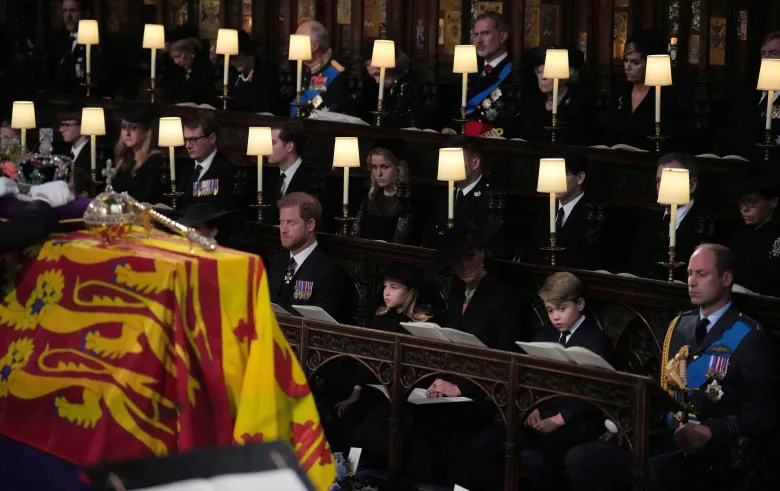
Prescott was also surprised to see George and Charlotte “because generally William and Catherine are very cautious about when the children are seen in the public eye so far.”
But seemingly, Prescott said, it’s “a clear indication that they want to signal the future of the monarchy as much as they can.”
Harris said the children symbolize how the funeral was a family occasion, but it also reflected continuity for the next few generations.
“The Queen was not only sovereign, but a mother, grandmother and great-grandmother.”
Leading the way
When the military procession escorted the Queen’s coffin from Westminster Abbey, at its head was the familiar red serge of the Royal Canadian Mounted Police.
Prescott said seeing the four Mounties there felt natural.
“The Queen was passionate about the Commonwealth. She visited Canada more than any other [Commonwealth] country,” he said.
“It makes perfect sense that Canada played a leading role, a real signal.”
Queen Elizabeth’s coffin was taken by gun carriage from Westminster Abbey through the streets of central London to Wellington Arch. It was then placed on a hearse to travel to Windsor Castle for the committal service.
There was something a bit more personal to the Queen on display as well.
“The RCMP were riding horses that had been gifted to the Queen, so we see both the Queen’s love of Canada and her love of horses there,” Harris said.
Royally quotable
“Here, where Queen Elizabeth was married and crowned, we gather from across the nation, from the Commonwealth and from the nations of the world, to mourn our loss, to remember her long life of selfless service, and in sure confidence to commit her to the mercy of God our maker and redeemer.”
— David Hoyle, the dean of Westminster, as he began the funeral service for Queen Elizabeth in Westminster Abbey on Monday.
Sign up here to have The Royal Fascinator newsletter land in your inbox every other Friday.
Send your questions, ideas, comments, feedback and notes to [email protected]. Problems with the newsletter? Please let me know about any typos, errors or glitches.
